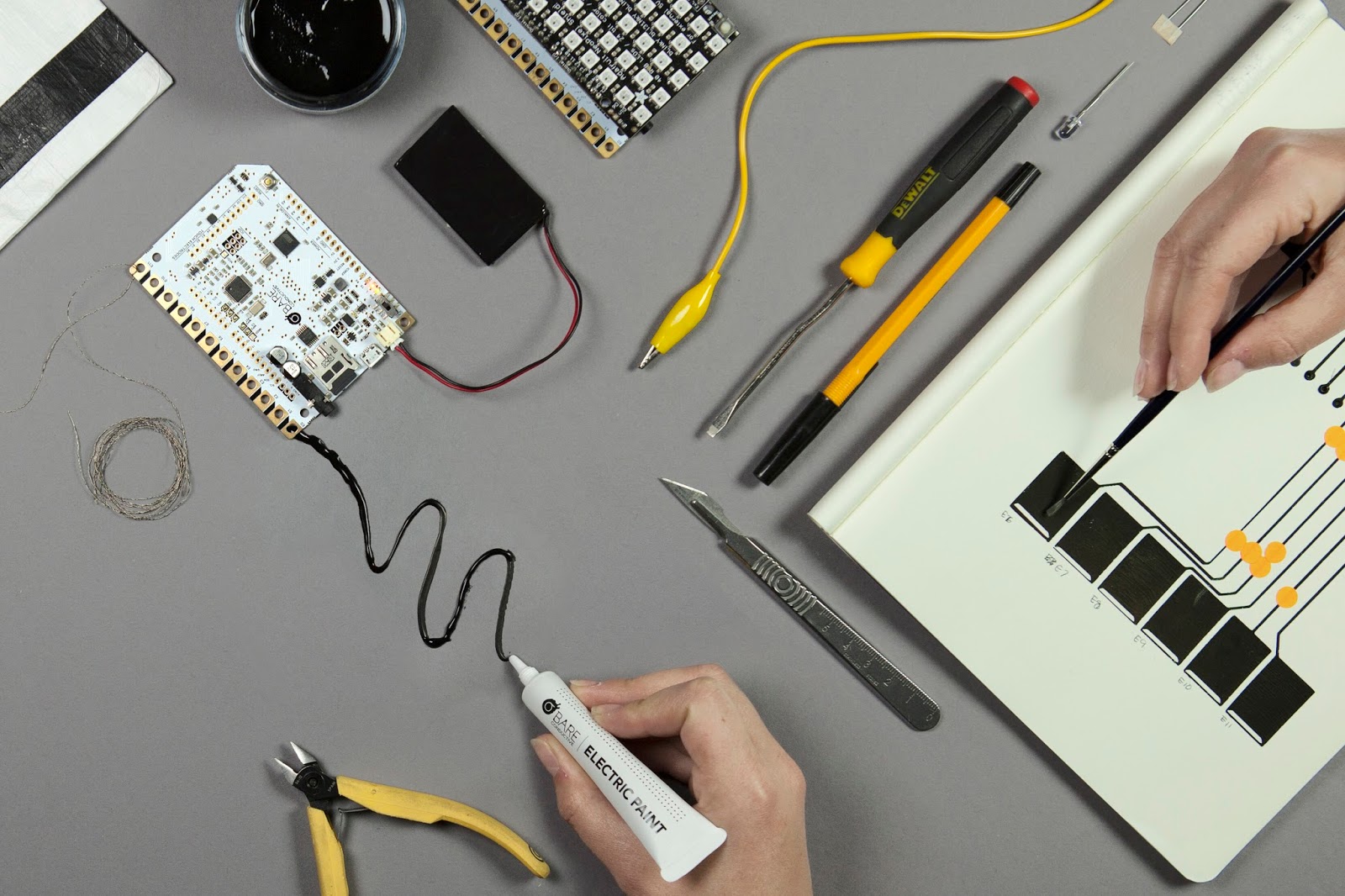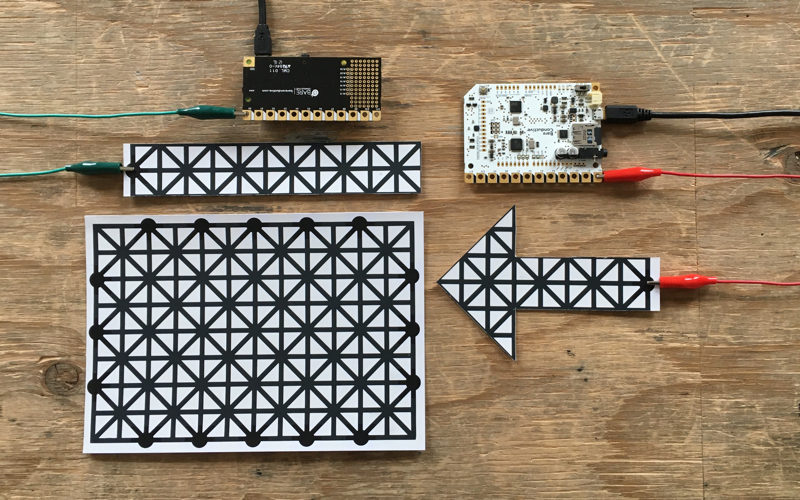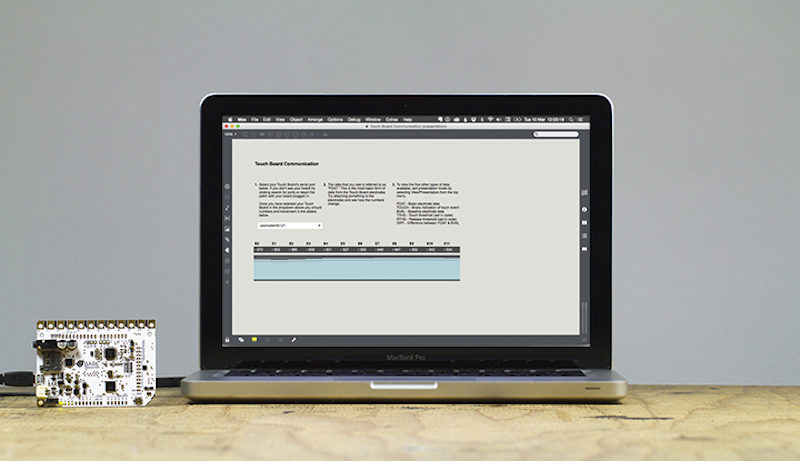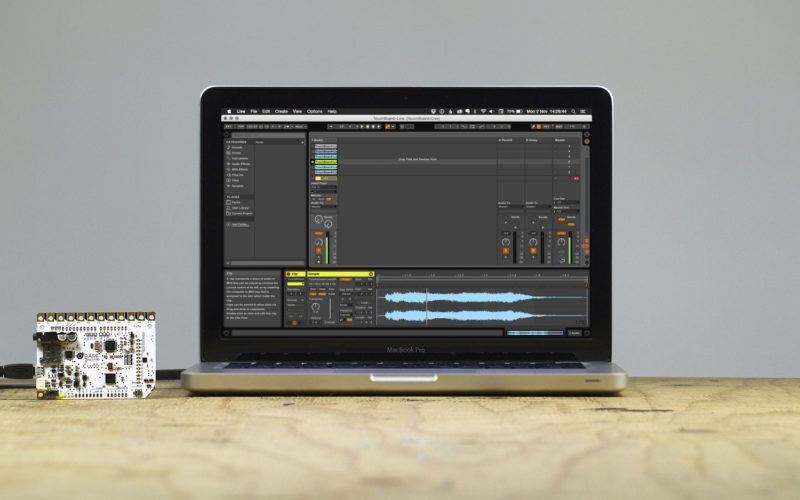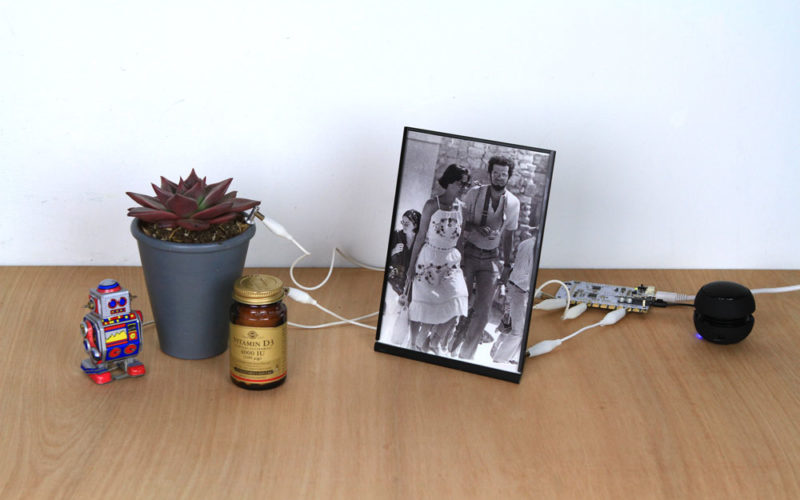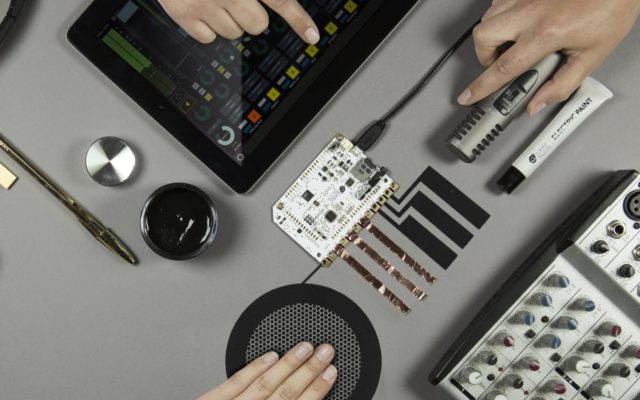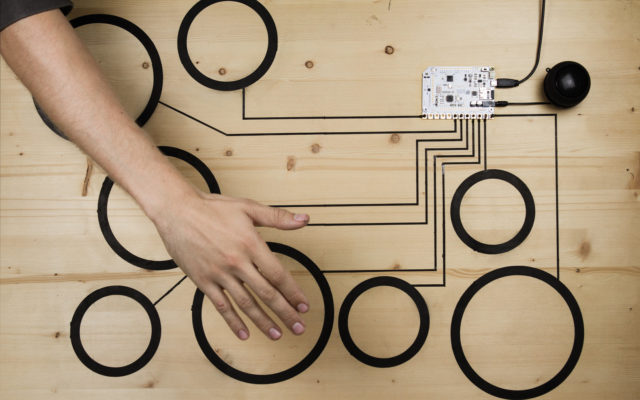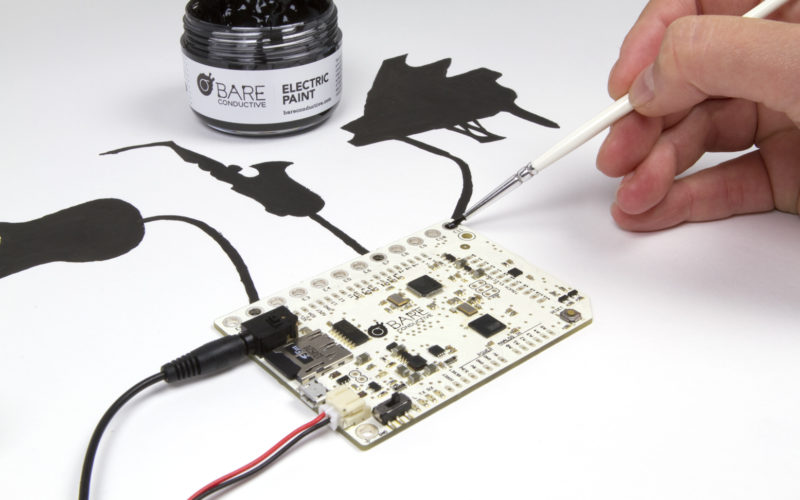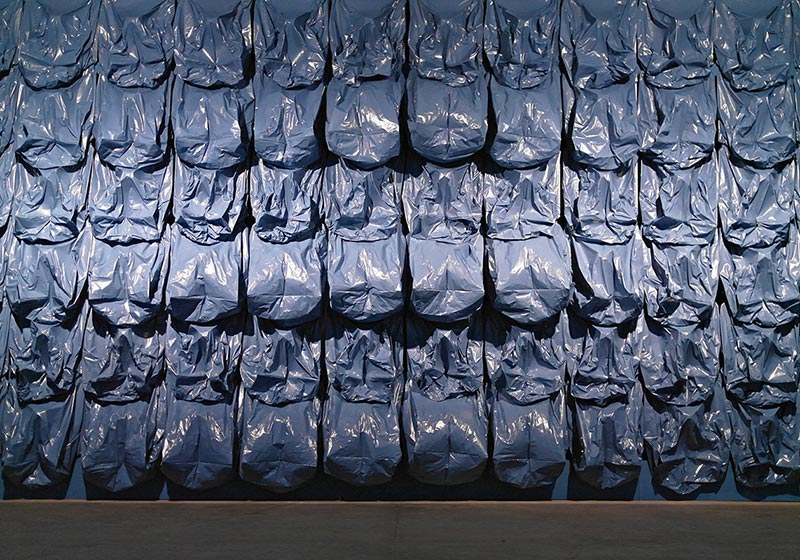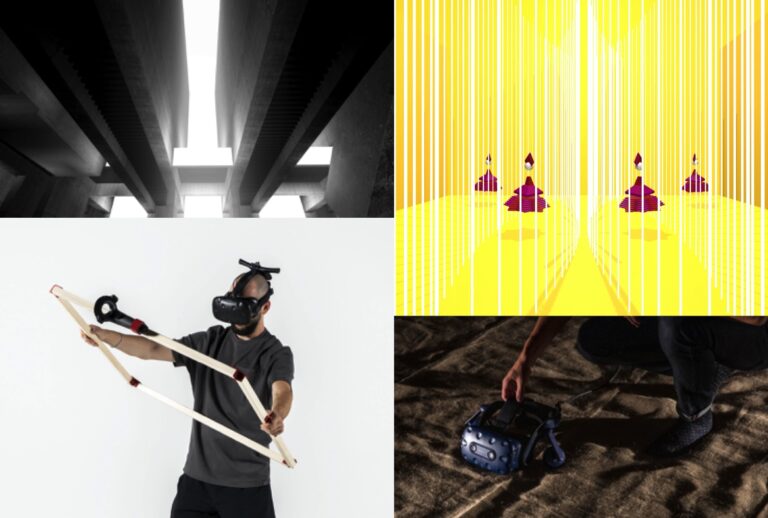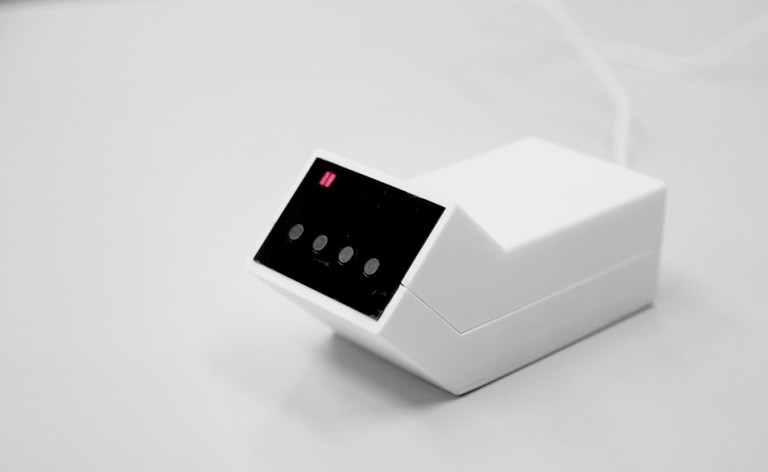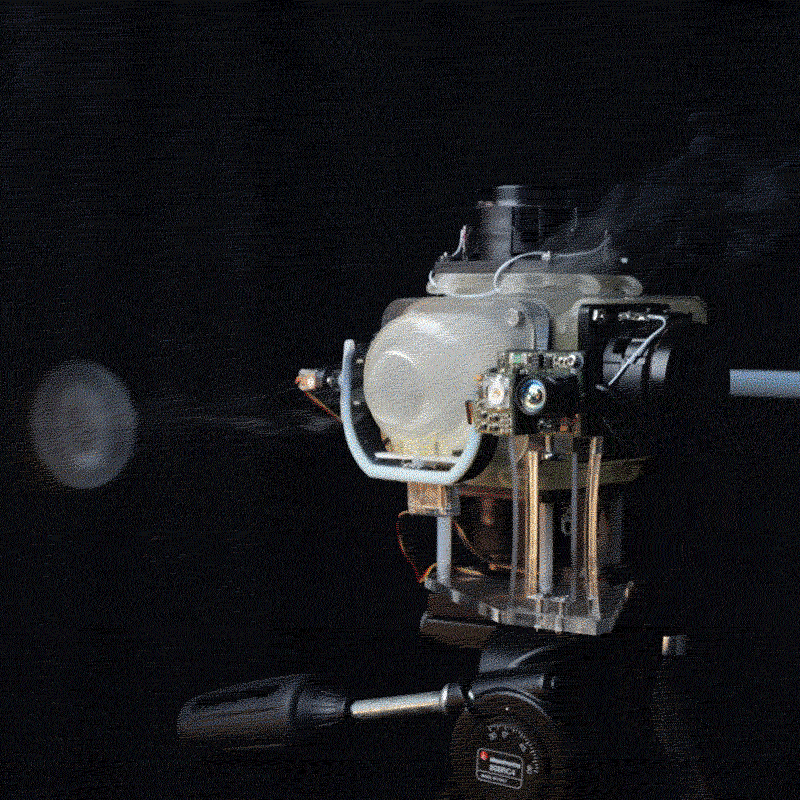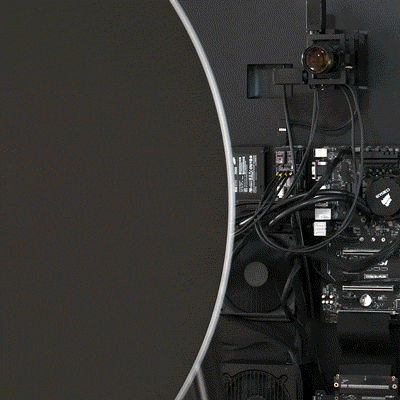Author: Bare Conductive
Version: N/A
Description: The Touch Board Starter Kit has everything you need to turn any surface, object or space into a sensor. It includes a Touch Board, Electric Paint, essential components – everything you need to start creating interactive electronic projects.
[/two_columns_one]
[two_columns_one_last]
Compatibility: Mac OSX, Windows or Linux
Price: $125.00
Make, hack, design, and code with the easiest-to-use Arduino device on the market, the Touch Board by UK based Bare Conductive is now available in the CAN shop. The Touch Board gives you the ability to turn almost any material or surface into a sensor, and comes pre-programmed and ready to use. Open the box, power up, press the reset button, and touch one of the electrodes to listen to the audio guide. It’s never been easier to start making an Arduino-based project. Here are a few brief tutorials and examples on what you can do with the Touch Board.
Distance Sensing
Although it’s called the Touch Board, what the electrodes are really doing is sensing proximity via capacitive sensing. When you set a sensors’ thresholds to be relatively high, the Touch Board only responds to actual contact or touch, rejecting proximity events. If you want the Touch Board to sense something from further away, or even through an insulation such as glass or plastic, you can lower each sensors’ threshold to increase sensitivity — turning the Touch Board into a ‘Proximity Board’. See this tutorial for more info.
Using Printed Sensors
Printed Sensors are screen printed with Electric Paint and coated with a clear seal to prevent the paint from smudging. They are a great way to make touch and distance sensors straight out of the box, without the need for painting or getting into the nitty-gritty of Electric Paint. Learn more about how these sensors work in this tutorial.
Web Connected Book
This project by Studio Hyte explores the physical book in relation to digital information. It questions the possibilities of the future book and if the role of the reader will develop into that of a knowledge curator, like it has done with the internet. The group used Electric Paint to create sensors on the paper pages, connected to the Touch Board which triggered actions on the computer. See the full tutorial here.
Touch Board + MaxMSP
MaxMSP user? Cool! The Touch Board works great with Max. The following tutorial shows you how to get your board set up and gives you a brief introduction to their basic Max patch.
Touch Board + Ableton Live
Ableton Live user? Cool! The Touch Board also works great with Live. The following tutorial shows you how to get your board set up and gives you a brief introduction to our basic Live project.
Objects as Sensors
Add voice to the objects around you with the Touch Board. Use your Touch Board Starter Kit to give voice to the objects around you. Record a message about which vitamins to take, a reminder to water your plants or even link your favourite song to a photo frame. Read more about how to in this tutorial.
Liquid Switches
Recently Bare Conductive team ran a very successful workshop with the Royal College of Art’s Innovation Design Engineering programme. 20 MA/MsC students were each given a pot of Electric Paint and a loose brief to explore the material. The video shows a series of liquid switches all constructed using Electric Paint and baby oil. Because Electric Paint is water based, it will congeal to itself when put into oil. Baby oil works particularly well, plus its transparent so you can see what is happening. In each of the prototypes, a ball of Electric Paint is closing the circuit between two electrodes. Read more about this here.
Electric Paint Puff Sensor
EJ Tech created this flexible MIDI controller, and are now experimenting with Electric Paint and puff ink. They tried mixing the two materials (puff ink is normally used for printing textured surfaces onto t-shirts). This combination allowed for a puffy, conductive material that can be turned into a sensor once connected to a microcontroller such as the Touch Board. Remember that mixing Electric Paint with another material will decrease its conductivity. Check this tutorial to see how adding water changes the performance and read more Puff Sensor here
If you’re looking for more interesting application examples for the Touch Board and Electric Paint, check out Bare Conductive’s Tutorials, resources, or the range of projects submitted by their users. They are always looking for more interesting examples to share with their community, so if you have a project to contribute please get in touch with them.

